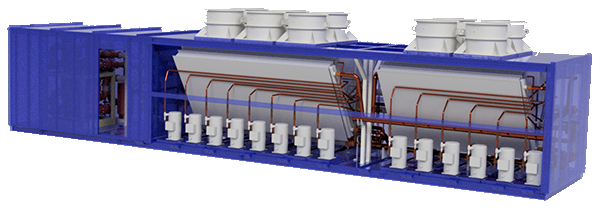
Inventor assemblies can be as large as 100,000 occurrences and 10,000 unique parts or more. An occurrence is a reference to a part or subassembly from the main assembly. A more typical large assembly probably contains 3,000 - 5,000 occurrences with 1,000 to 2,000 parts. There is no exact number that defines a "large" assembly.
- Number of component occurrences
- Number of unique files
- Complexity of geometry
- Heavy data from supply chain sources and business partners
- Hardware configuration affecting
Model based
- Drawings referencing multiple model states
Drawing based
- RAM
- Hard disk speed or capacity
- Processor speed or cores
- Video Cards
- Multiple hard disk Raid setup.
Hardware based
For details see: System Hardware and Large Assemblies
Large assembly terms and considerations

Performance The speed at which a task completes. The amount of time it takes to open a file, create a drawing view, or render an image is performance related.
Capacity The amount of memory required to perform an operation. Capacity affects the number of components you can effectively use in an assembly, or show in a drawing view.
Express mode
 Express mode is a method of working with very large assemblies and dramatically reducing the file open time. Express mode optimizes performance by loading only model display and relevant top-level data.
Express mode is a method of working with very large assemblies and dramatically reducing the file open time. Express mode optimizes performance by loading only model display and relevant top-level data.